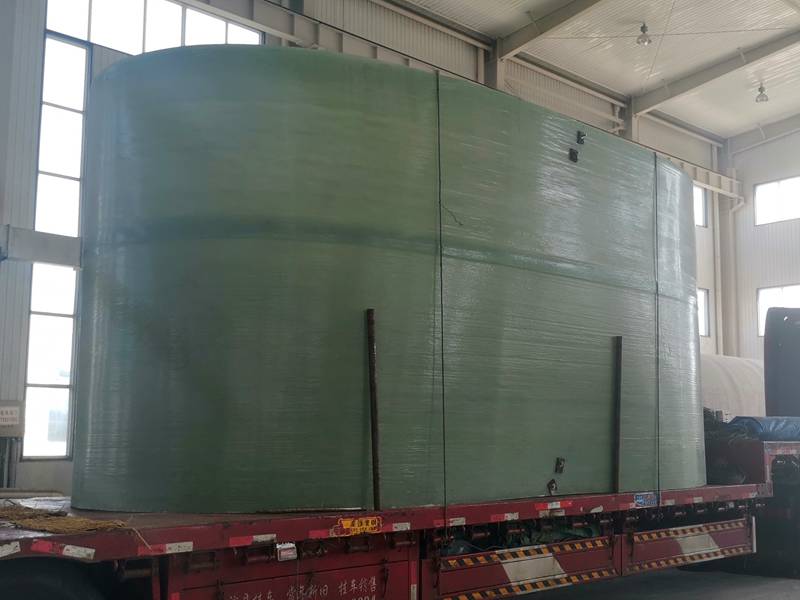
-
 Afrikaans
Afrikaans -
 Albanian
Albanian -
 Amharic
Amharic -
 Arabic
Arabic -
 Armenian
Armenian -
 Azerbaijani
Azerbaijani -
 Basque
Basque -
 Belarusian
Belarusian -
 Bengali
Bengali -
 Bosnian
Bosnian -
 Bulgarian
Bulgarian -
 Catalan
Catalan -
 Cebuano
Cebuano -
 China
China -
 China (Taiwan)
China (Taiwan) -
 Corsican
Corsican -
 Croatian
Croatian -
 Czech
Czech -
 Danish
Danish -
 Dutch
Dutch -
 English
English -
 Esperanto
Esperanto -
 Estonian
Estonian -
 Finnish
Finnish -
 French
French -
 Frisian
Frisian -
 Galician
Galician -
 Georgian
Georgian -
 German
German -
 Greek
Greek -
 Gujarati
Gujarati -
 Haitian Creole
Haitian Creole -
 hausa
hausa -
 hawaiian
hawaiian -
 Hebrew
Hebrew -
 Hindi
Hindi -
 Miao
Miao -
 Hungarian
Hungarian -
 Icelandic
Icelandic -
 igbo
igbo -
 Indonesian
Indonesian -
 irish
irish -
 Italian
Italian -
 Japanese
Japanese -
 Javanese
Javanese -
 Kannada
Kannada -
 kazakh
kazakh -
 Khmer
Khmer -
 Rwandese
Rwandese -
 Korean
Korean -
 Kurdish
Kurdish -
 Kyrgyz
Kyrgyz -
 Lao
Lao -
 Latin
Latin -
 Latvian
Latvian -
 Lithuanian
Lithuanian -
 Luxembourgish
Luxembourgish -
 Macedonian
Macedonian -
 Malgashi
Malgashi -
 Malay
Malay -
 Malayalam
Malayalam -
 Maltese
Maltese -
 Maori
Maori -
 Marathi
Marathi -
 Mongolian
Mongolian -
 Myanmar
Myanmar -
 Nepali
Nepali -
 Norwegian
Norwegian -
 Norwegian
Norwegian -
 Occitan
Occitan -
 Pashto
Pashto -
 Persian
Persian -
 Polish
Polish -
 Portuguese
Portuguese -
 Punjabi
Punjabi -
 Romanian
Romanian -
 Russian
Russian -
 Samoan
Samoan -
 Scottish Gaelic
Scottish Gaelic -
 Serbian
Serbian -
 Sesotho
Sesotho -
 Shona
Shona -
 Sindhi
Sindhi -
 Sinhala
Sinhala -
 Slovak
Slovak -
 Slovenian
Slovenian -
 Somali
Somali -
 Spanish
Spanish -
 Sundanese
Sundanese -
 Swahili
Swahili -
 Swedish
Swedish -
 Tagalog
Tagalog -
 Tajik
Tajik -
 Tamil
Tamil -
 Tatar
Tatar -
 Telugu
Telugu -
 Thai
Thai -
 Turkish
Turkish -
 Turkmen
Turkmen -
 Ukrainian
Ukrainian -
 Urdu
Urdu -
 Uighur
Uighur -
 Uzbek
Uzbek -
 Vietnamese
Vietnamese -
 Welsh
Welsh -
 Bantu
Bantu -
 Yiddish
Yiddish -
 Yoruba
Yoruba -
 Zulu
Zulu
FRP Flange Blind Specifications and Applications for Industrial Use
Understanding FRP Flange Blind An Overview
Fiberglass Reinforced Plastic (FRP) has emerged as a versatile material in various industries due to its strength, durability, and resistance to environmental factors. One of the essential applications of FRP is in the form of flange blinds, which are critical components in piping systems.
What is an FRP Flange Blind?
An FRP flange blind is a type of blind flange made from fiberglass reinforced plastic. It serves as a closure for the ends of pipes or fittings, effectively sealing off a section of the system. The primary purpose of a flange blind is to provide a leak-proof and robust seal, preventing the escape of fluids and ensuring the integrity of the piping system. This is particularly important in industries where safety and efficiency are paramount, such as oil and gas, chemical manufacturing, and wastewater management.
Advantages of Using FRP Flange Blinds
1. Corrosion Resistance One of the most significant advantages of FRP materials is their resistance to corrosion. Unlike traditional metals, FRP does not rust or deteriorate when exposed to harsh chemicals or environmental conditions. This characteristic makes FRP flange blinds ideal for use in corrosive environments.
2. Lightweight FRP materials are considerably lighter than metals, which reduces the overall weight of piping systems. This lightweight nature helps in easier handling and installation, ultimately leading to lower labor costs and increased efficiency during construction and maintenance.
3. Durability FRP is known for its impressive strength-to-weight ratio. Flange blinds made from FRP can withstand high pressures and temperatures, making them suitable for a wide array of applications. Their durability means less frequent replacements are needed, which can lead to significant cost savings over time.
1. frp flange blind

4. Low Thermal Conductivity FRP materials have low thermal conductivity properties. This feature is beneficial in maintaining temperature stability within the piping system, ensuring that fluids remain within their desired temperature range without significant heat loss or gain.
5. Design Flexibility FRP can be molded into various shapes and sizes, allowing for innovative designs that meet specific needs. Customization options make it easier for engineers to integrate FRP flange blinds into unique piping layouts.
Applications of FRP Flange Blinds
FRP flange blinds are utilized in several industries for various applications. In the chemical industry, they are commonly used to isolate sections of pipelines during maintenance or when certain processes are not in use. This isolation is critical to ensuring worker safety and minimizing leaks. In water treatment facilities, FRP blind flanges can be found sealing the ends of pipelines that transport wastewater, thereby preventing contamination.
In the oil and gas sector, FRP flange blinds play an essential role in shut-down procedures and emergency response protocols. Their resilience to extreme conditions makes them a reliable choice for offshore platforms and refineries, where safety is a crucial concern.
Conclusion
As industries continue to seek materials that combine performance, safety, and cost-effectiveness, FRP flange blinds have established themselves as a valuable option. Their corrosion resistance, lightweight nature, and durability set them apart from traditional materials. With advanced manufacturing techniques and a growing knowledge base regarding the capabilities of FRP, the use of these flange blinds is expected to expand further. Recognizing their versatility and reliability, engineers and industry professionals are likely to turn to FRP solutions more frequently in the future. Whether in the chemical industry, oil and gas, or water management, FRP flange blinds will continue to play a vital role in sustaining efficient and safe operations within piping systems.









